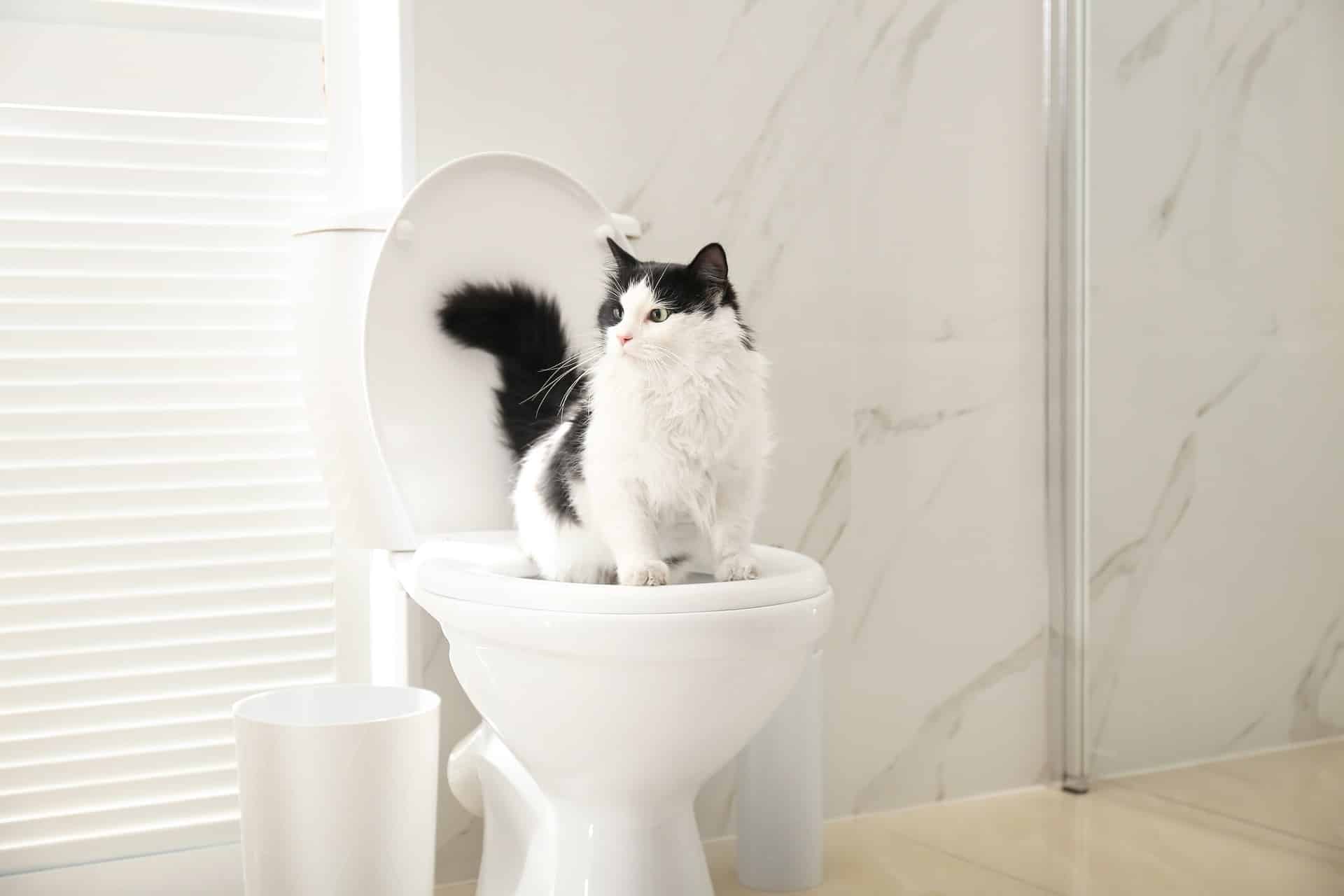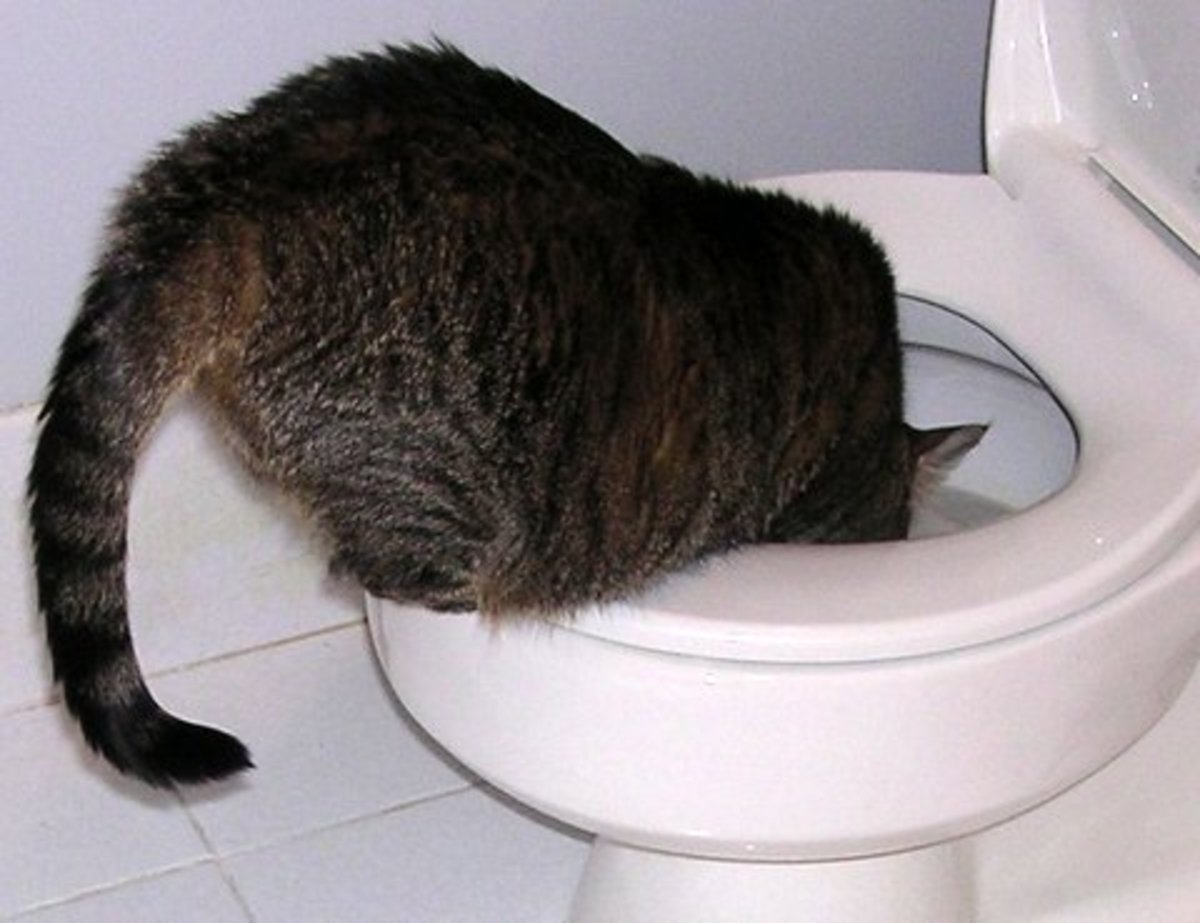Why You Should Avoid Flushing Animal Waste Down the Toilet
Why You Should Avoid Flushing Animal Waste Down the Toilet
Blog Article
This article which follows about Can You Flush Dog and Cat Poo Down the Toilet? is really stimulating. Give it a try and make your own personal findings.

When it pertains to disposing of waste, specifically animal waste, many individuals often turn to the convenient option of flushing it down the bathroom. However, this seemingly very easy remedy can have major effects for the environment and public health. In this post, we'll check out why flushing animal waste down the bathroom is a poor idea and supply alternative techniques for correct disposal.
Introduction
Proper waste disposal is crucial for preserving environmental sustainability and public health. While it might seem harmless to flush animal waste down the commode, it can bring about numerous issues, both for the atmosphere and human wellness.
Dangers of flushing animal waste
Environmental influence
Flushing animal waste presents damaging bacteria and pathogens into rivers, which can adversely impact water ecosystems. These virus can infect water resources and damage marine life, interrupting fragile ecological communities.
Public health problems
Animal waste contains dangerous bacteria such as E. coli and Salmonella, which can pose significant wellness risks to human beings. Purging pet waste down the bathroom can infect water materials, leading to the spread of conditions and infections.
Alternatives to flushing
Rather than flushing pet waste down the commode, there are numerous alternate disposal methods that are more eco-friendly and hygienic.
Composting
Composting pet waste is an environmentally friendly method to throw away it. By composting, organic matter is broken down into nutrient-rich dirt, which can be used to feed yards and plants.
Land fill disposal
Throwing away pet waste in a landfill is an additional choice. While not as environmentally friendly as composting, it is a safer option to flushing, as it avoids the contamination of water sources.
Family pet waste disposal systems
There are customized pet dog waste disposal systems readily available that safely and hygienically throw away pet waste. These systems commonly make use of enzymes to break down waste and remove odors.
Steps to appropriate animal waste disposal
To make sure correct disposal of pet waste, comply with these actions:
Scooping and nabbing waste
Routinely scoop and bag animal waste making use of naturally degradable bags. This avoids waste from infecting the atmosphere.
Using designated waste containers
Dispose of bagged pet waste in assigned waste bins, such as compost containers or garbage dump containers. Prevent flushing it down the toilet in any way costs.
Cleaning litter boxes and pet areas frequently
Routinely tidy litter boxes and family pet areas to prevent the build-up of waste and bacteria. Use pet-safe cleansing products to preserve hygiene.
Advantages of appropriate disposal approaches
Embracing correct disposal approaches for animal waste uses a number of benefits:
Decreased environmental pollution
Appropriate disposal methods minimize the risk of environmental pollution, safeguarding rivers and communities from contamination
Minimized risk of water contamination.
By preventing flushing animal waste down the toilet, the threat of water contamination is dramatically minimized, securing public health.
Enhanced hygiene and health
Correct disposal techniques promote better hygiene and health, producing a more secure environment for both people and pets.
Verdict
Finally, flushing animal waste down the bathroom is unsafe to the environment and public health. By taking on different disposal methods and adhering to correct waste management practices, we can reduce the negative impact of pet waste and contribute to a cleaner, much healthier planet.
What To Do With Dog Poo – The Do's And Don'ts Of Disposing Of Faeces
Dog poo bins
Some councils provide dedicated dog waste bins in popular dog-walking areas that can take dog poo that has been bagged but you can legally dispose of dog waste in any public litter bin, as long as it is securely bagged. This also applies to your wheelie bin at home.
Do not flush
Water companies do not recommend flushing dog faeces down the toilet because certain parasites can survive the water processing treatment and are potentially harmful to humans. You should also never consider flushing dog poo that has been bagged down the toilet as the bags will not break down and instead create severe blockages in the sewage system.
In the woods
The Forestry Commission promotes a ‘stick and flick’ method for dealing with waste in the woods. This means finding a stick and using it to flick any poo from off the path so that it is out of the way of other walkers. You could also bury it as long as it is not in an area where there might be livestock.
Livestock
Parasites found in dog poo can be transmitted to livestock if they inadvertently eat infected faeces that has been left on grazing land. This could result in the death of sheep or abortion in cattle so you should always make sure you pick up your dog’s waste in fields where livestock could be present.

I'm very intrigued by 10 Things You Should Never Flush Down The Toilet and I am praying you enjoyed reading the entire blog posting. Are you aware of another person who is inquisitive about the topic? Do not hesitate to promote it. Thanks for your time spent reading it.
Free Estimates Report this page